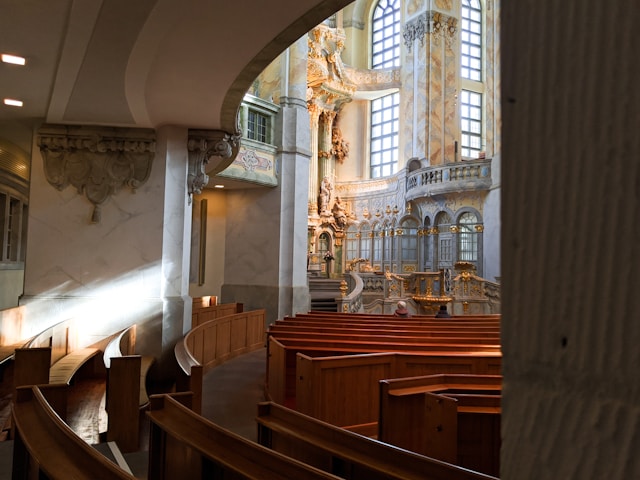Introduction
The Church of South India (CSI) is a united Protestant Church in India, formed in 1947 through the union of four major Protestant denominations in South India: the Anglican Church of South India, the Methodist Church in Southern Asia, the Congregational Church in South India, and the Presbyterian Church of South India.
The CSI is the largest Protestant denomination in India, with over 4 million members in 25 dioceses spread across 14 states in South India. The Church is a member of the World Council of Churches, the Christian Conference of Asia, and the National Council of Churches in India.
History of CSI Church
The roots of the CSI Church can be traced back to the work of Christian missionaries in South India during the 18th and 19th centuries. The first Anglican missionaries arrived in India in 1706, followed by Methodist missionaries in 1817 and Congregational missionaries in 1836. Presbyterian missionaries began working in South India in 1841.
These missionary efforts led to the establishment of several Protestant denominations in South India. The Anglican Church of South India was formed in 1896, the Methodist Church in Southern Asia in 1905, the Congregational Church in South India in 1914, and the Presbyterian Church of South India in 1924.
In the early 20th century, there was a growing movement towards unity among the Protestant churches in South India. In 1947, the four major Protestant denominations in South India merged to form the Church of South India.
Beliefs of CSI Church
The CSI Church is a Trinitarian church that affirms the Nicene Creed as its statement of faith. The Church believes in the Bible as the inspired word of God and in the sacraments of baptism and Holy Communion.
The CSI Church is also a member of the World Methodist Council, which affirms the following core beliefs:
- The unity of God as Father, Son, and Holy Spirit
- The full deity and full humanity of Jesus Christ
- The saving power of the Holy Spirit
- The authority of the Bible as the word of God
- The importance of Christian mission
Practices of CSI Church
The CSI Church is a liturgical church that follows the Book of Common Prayer. The Church’s worship services are characterized by their use of music, hymns, and Scripture readings.
The CSI Church also has a strong emphasis on social justice. The Church works to promote education, healthcare, and economic development in the communities it serves.
Structure of CSI Church
The CSI Church is governed by a synod, which is composed of bishops, clergy, and laity. The synod meets annually to elect the Church’s bishops and to set policy.
The CSI Church is divided into 25 dioceses, each of which is led by a bishop. The dioceses are further divided into districts, which are led by district superintendents.
Challenges Facing CSI Church
The CSI Church faces a number of challenges, including:
- The rise of Pentecostalism and evangelicalism in India
- The continuing influence of caste and other social divisions within the Church
- The need to address the social and economic needs of its members
Future of CSI Church
Despite the challenges it faces, the CSI Church remains a vibrant and growing church. The Church is committed to its mission of proclaiming the gospel of Jesus Christ and serving the people of South India.
The future of the CSI Church is bright. The Church is well-positioned to continue to grow and to make a significant impact on the lives of its members and the communities it serves.
Conclusion
The CSI Church is a vibrant and growing church with a rich history and a bright future. The Church is committed to its mission of proclaiming the gospel of Jesus Christ and serving the people of South India.


Leave a Reply